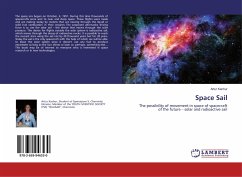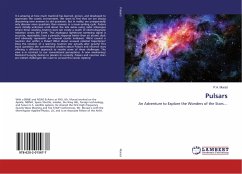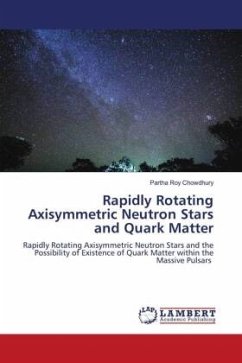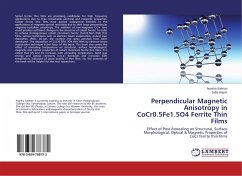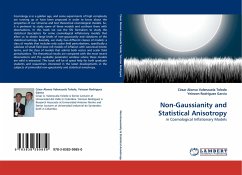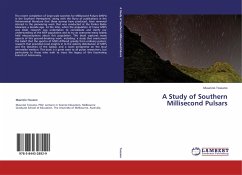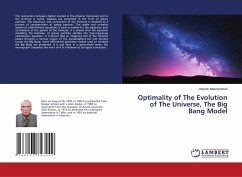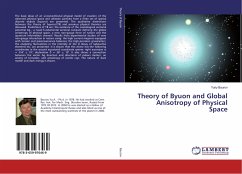
Theory of Byuon and Global Anisotropy of Physical Space
Versandkostenfrei!
Versandfertig in 6-10 Tagen
37,99 €
inkl. MwSt.

PAYBACK Punkte
19 °P sammeln!
The basic ideas of an unconventional physical model of creation of the observed physical space and ultimate particles from a finite set of special discrete objects (byuons) are presented. The qualitative distinctions between the theory of byuons (TB) and previous physical theories are discussed. Predictions of TB are: the existence of the cosmological vectorial potential Ag - a novel fundamental vectorial constant defining the global anisotropy of physical space, a new non-gauge force of nature and the quantum information channel. Results from experimental studies of new non-gauge interaction ...
The basic ideas of an unconventional physical model of creation of the observed physical space and ultimate particles from a finite set of special discrete objects (byuons) are presented. The qualitative distinctions between the theory of byuons (TB) and previous physical theories are discussed. Predictions of TB are: the existence of the cosmological vectorial potential Ag - a novel fundamental vectorial constant defining the global anisotropy of physical space, a new non-gauge force of nature and the quantum information channel. Results from experimental studies of new non-gauge interaction in nature using: the high current magnets equipped with torsion and piezoresonance balances; the high-precision gravimeters; the analyzing fluctuations in the intensity of the beta decay of radioactive elements etc. are presented. It is shown that this vector has the following coordinates in the second equatorial coordinate system: right ascension = 316° ± 10°; declination d = 36° ± 10°. It also shows a connection between the vector Ag direction and directions of pulsars motion, an arising of tornados, and anisotropy of cosmic rays. The nature of dark matter and dark energy is shown.



